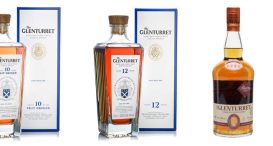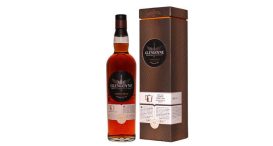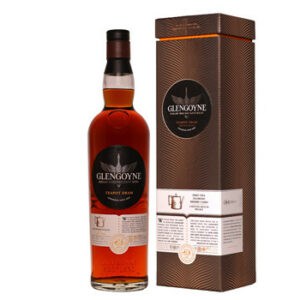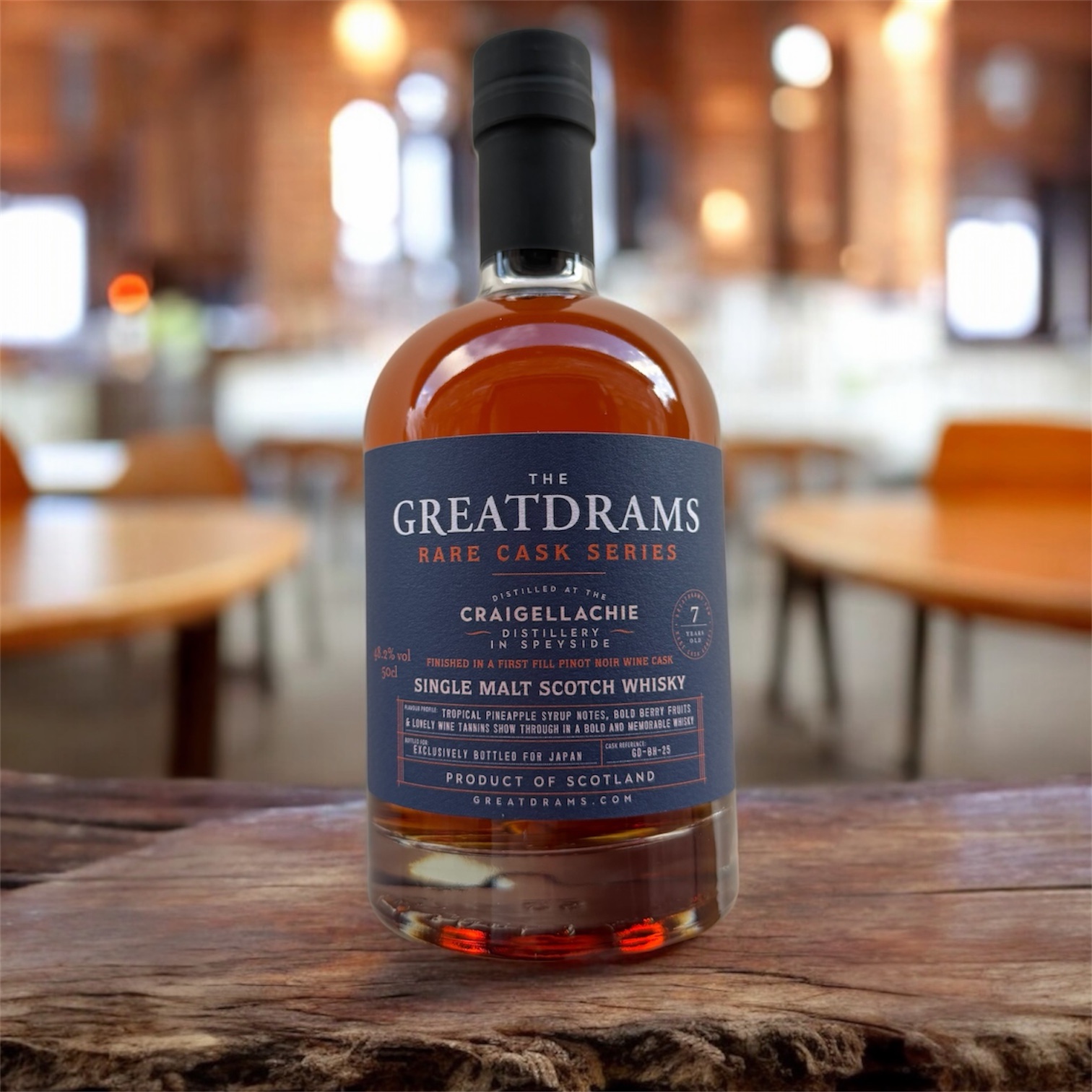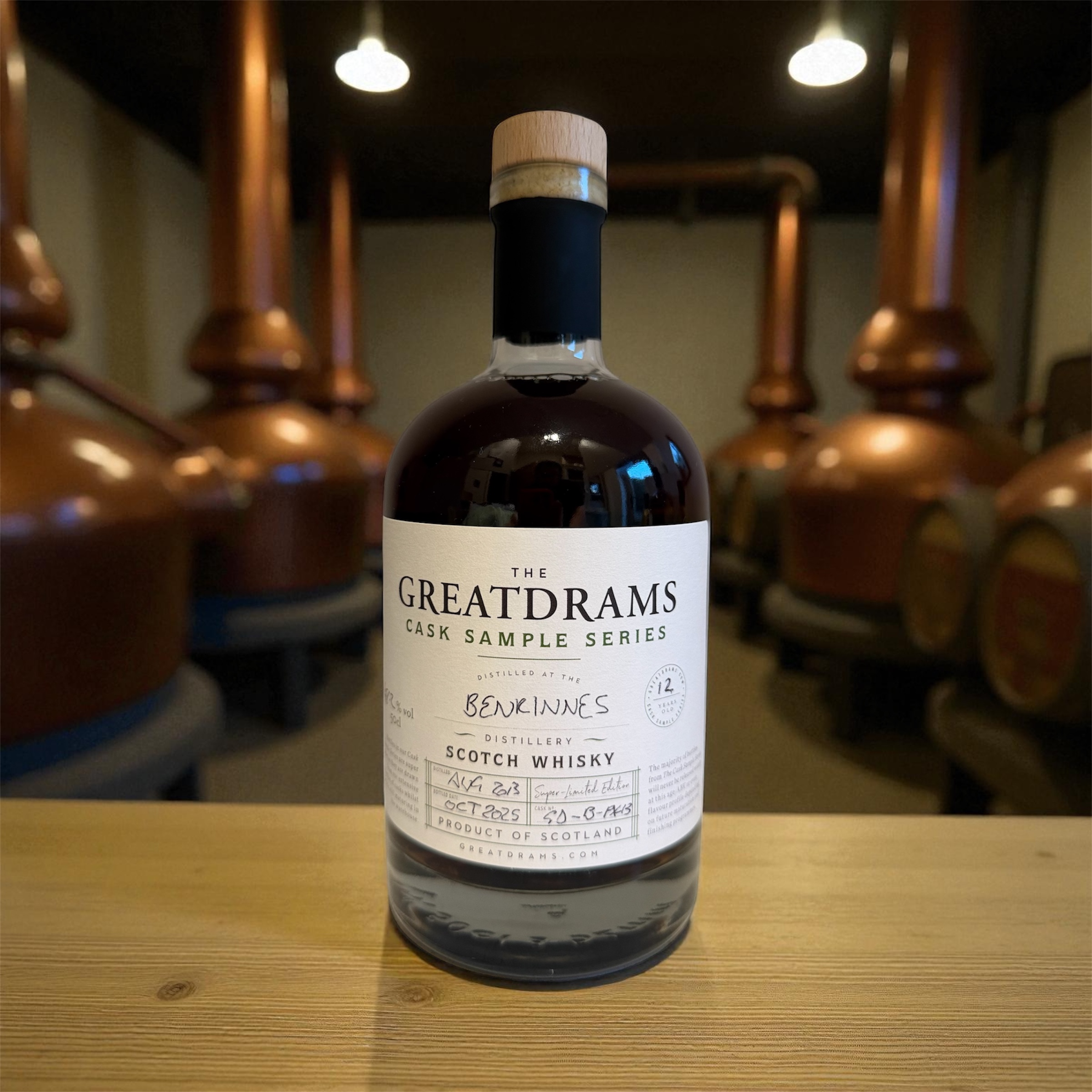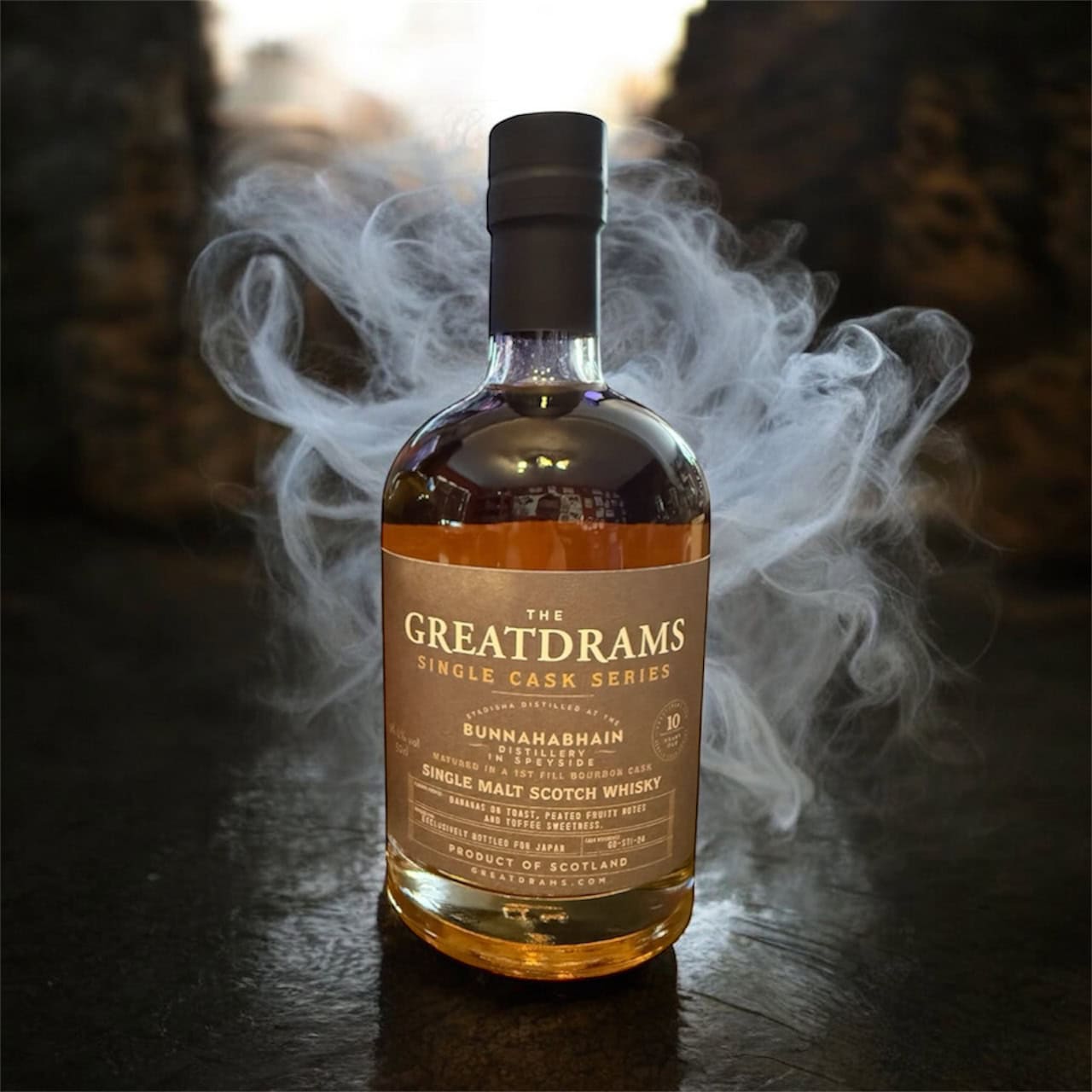Whisky trends in 2014, and the future of whisky
let’s begin
As I started looking into whisky trends in 2014, and the future of whisky, I stumbled across somewhat of an intriguing ‘state of the future’ commonality between whisky and virtually every product / market sector there is.
It is fair to say that virtually every industry has grown exponentially in the last few years, often more so in this time than in the previous century due to the availability of technology and the openness of society to change driven by the lowest as well as the highest echelons
What does this mean for whisky? I’m glad you asked.
Here is the three Great Drams Whisky trends in 2014, and the future of whisky:
1. NAS fuelled by demand far outstripping supply
2. Distilleries are chilling out
3. Many nations, new and established are getting crafty
1. NAS fuelled by demand far outstripping supply
NAS, for those not as geeky as I, means No Age Statement. Why is this important? Because Scotch whisky law denotes that no whisky in a bottle can be younger than the number, or age, printed on the bottle. So, a 25 year old blend can only be blended by whiskies aged 25 years or older (often up to 40 years old), but never younger.
Due to the global demand for whisky increasing year on year and new markets being switched on to the delights of blended and single malts, stocks of defined aged variants are naturally going to dry up in the coming years.
To counter this, distillers are blending casks of much younger whiskies with older ones to create great flavour but without having to use an age statement in the single digits. Instead they often use mysterious names for either single bottles or ranges so you can still communicate what you’re drinking but don’t get hung up on the age. Surely age is just a number anyway?
2. Distilleries are chilling out
No, they are not halting production, nor are they relaxing their high standards but what they are doing is removing the part of the distilling process called ‘chill-filtering’.
Chill-filtering has had a bad rep over the years anyway as purists claim that the process, used to prevent whisky going cloudy when water is added as well as another process that ensures colours are consistent in each bottle of a single product, actually destroys some of the taste as it removes impurities from the liquid once distilled.
Distilleries are shunning these processes, using ‘non-chill-filtered’ as a front of pack communications tool in many cases to denote only natural tastes will be enjoyed by their consumers.
All seems a bit superfluous to me but nice to see anti-innovation at play.
3. Many nations, new and established are getting crafty
Craft brewing and distilling is nothing new, in fact craft beer is overtaking sales vs. the established beers in younger consumers looking to enter categories such as ale but are nervous about the ‘old man factor’.
Hundreds of small batch craft distillers are popping up all over the world, from the US to the UK, Ireland, Canada, Sweden, Czechoslovakia, Switzerland, Belgium and beyond. They are able to experiment a lot more as they are not bound by the laws around Scottish and Irish whisky production that denote various factors that must be present in both the distilling and ageing process.
Cost of entry is still very high but availability of sites and willing investors on sites such as Kickstarter are going to prove lucrative in years to come, and may even challenge some of the ‘big boys’ to either up their game or change the way the game is played entirely.
BONUS WHISKY TREND
I like communicating ideas and insight and thoughts in series of either threes or fives but this one caught my eye so reframed it as a bonus whisky trend, I hope you don’t mind.
The blending of malts to create something powerful, often called pure malts or batted malts, this relatively new category of whisky emerging will likely net out at being called “blended malts”.
This process will mean that aged single malts will be combined together from different distilleries to create rich, flavourful and powerful blends akin to what consumers must have experienced a century or two ago when blended whisky hit the big time and it was essentially a blend of high quality single malts vs. base grain or base malt topped up with expertly curated whiskies to create a consistent flavour year on year.



